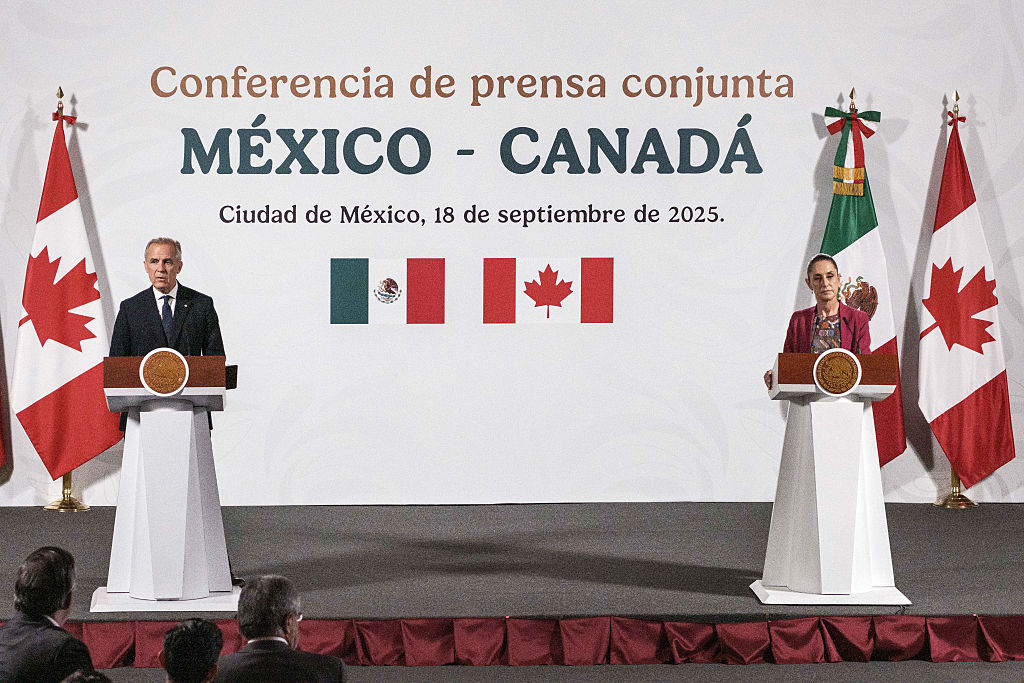Submission of Comments on Mexico and the TPP
Submission of Comments on Mexico and the TPP
In a statement submitted to the Office of the United States Trade Representative, Council of the Americas outlines negotiation objectives for Mexico’s participation in the Trans-Pacific Partnership.
PARTICIPATION OF MEXICO IN THE TRANS-PACIFIC PARTNERSHIP
TRADE NEGOTIATIONS
COMMENTS ON NEGOTIATION OBJECTIVES
SUBMISSION BY THE COUNCIL OF THE AMERICAS
1615 L ST NW, SUITE 250
WASHINGTON, DC 20036
SEPTEMBER 4, 2012
The Council of the Americas (Council) appreciates this opportunity to provide comments concerning negotiation objectives for Mexico’s participation in the Trans-Pacific Partnership (TPP). Since 1965 the Council has been dedicated to the promotion of democracy, open markets, and economic and social development based on the rule of law, and we are widely recognized for our policy and commercial leadership throughout the Americas. The Council represents some 200 companies invested in and doing business in the Western Hemisphere.
Consistent with previous Council comments on this topic, we view the TPP as the most promising existing opportunity to drive hemispheric trade expansion with a strategic, high-standards approach. Mexico, as our second largest export market and third largest trading partner overall, is a crucial party to that process. The Council continues to believe that steps that enhance economic integration between the United States and Mexico are both logical and meaningful as we seek to build global competitiveness for the United States, and are an appropriate anchor for building out broader trade expansion initiatives in the region. We strongly support the actions of the President and the Administration to expand TPP with the inclusion of Mexico. (We similarly support the inclusion of Canada.)
In our view, the primary goal of the United States for TPP with reference to Mexico (and Canada) should be, to the fullest extent possible, to bring down the barriers of trade and investment while harmonizing rules and regulations in order to reduce costs, improve efficiencies, and increase transparency in the conduct of commercial activities. The vision is compelling. Steps that are taken to build North America as a more unified economic production platform, taking advantage of existing advantages while identifying and addressing obstacles to integration, will help the United States compete more effectively in global markets.
Significant Topics for Consideration
In addition to the specific product categories and provisions including appropriate intellectual property protections that are normally a part of trade negotiations, and which will be addressed by others submitting comments, the Council would highlight for consideration by the Administration three more general, though equally important, issues:
- The first is the need for prompt attention to improving efficiencies at the border. Even as TPP is appropriately seen as a means to support efficiencies across the entire supply chain, these efficiencies break down when the border becomes overly restrictive to the exchange of legitimate goods and services. TPP negotiations should therefore include provisions that would eliminate duplicative documentation, support electronic customs clearance and the elimination of paper processes, standardize de minimis customs valuations, and establish expedited procedures as appropriate, among other actions. Due to the integrated nature of supply chains, better border management is even more relevant within North America than it is with Asian or South American TPP partners, and therefore must be an important consideration for the TPP negotiations with Mexico (and also Canada) or else the full economic gains from the agreement will remain unrealized within North America and to the United States.
- Second, the promotion of pro-competitive, anti-monopolistic policies is critically important. The Council well understands the political sensitivities of such issues both within Mexico as well as the United States and other parties to the TPP negotiations. The incoming government in Mexico has stated its intention once in office to address certain monopolistic practices; the TPP can both support and reinforce such actions. In order to ensure that North America benefits as effectively as possible from the eventual TPP agreement, including Mexico’s own domestic economic development, monopolistic practices without carve-outs must be minimized in all participating nations.
- Third, trade negotiations do not occur in a vacuum, and TPP is no different. With this in mind, issues that continue to arise within the pre-existing NAFTA framework, including cross-border trucking, agriculture products including tomatoes and poultry, and others should be expeditiously addressed and resolved. TPP offers an opportunity to do so by expanding the circle of potential solutions beyond the NAFTA framework and allowing for creative trade-offs and solutions that previously may not have existed. This is not to suggest the desirability of formal linkages between resolution of existing trade irritants and the TPP negotiations. Rather, it is to urge both the United States and Mexico to find ways to resolve permanently the trade issues that might otherwise complicate the conclusion and final ratification of TPP, perhaps using the TPP negotiations to create new ways to address long-standing concerns. (The same is true, of course, with Canada.)
A Broader Vision for North America Supports U.S. Economic Interests
The TPP offers an opportunity to build North America into an even stronger global production powerhouse. Doing so requires a vision for North America that builds on the advantages of each individual nation, while recognizing that we strengthen ourselves economically by integrating more fully with each other. If this vision prevails among the negotiators, the individual difficulties that will inevitably arise within the negotiations will likely have a way of working themselves out to the satisfaction of the parties.
The Council thanks USTR for the opportunity to submit these comments, and offers itself as a continued resource for the successful conclusion of the TPP.








